Sax Tone Enhancing Gadgets
9th April 2020During this Covid-19 lockdown we’ve been reaching out to our regular video artists to send in some reviews from home. In this blog, with accompanying video, we check out a range of Sax Tone Enhancing gadgets with pro-player Simon Bates.
We check out the following nifty bits of kit from our Tone Enhancing Stock:
- The Yanagisawa ‘BooStar’
- The ‘Klangbogen’ by ReedGeek
- Lefreque Sound Plates
- JodyJazz ‘Power Ring’ Ligature
- ‘Tone Tablets’ by Corry Bros
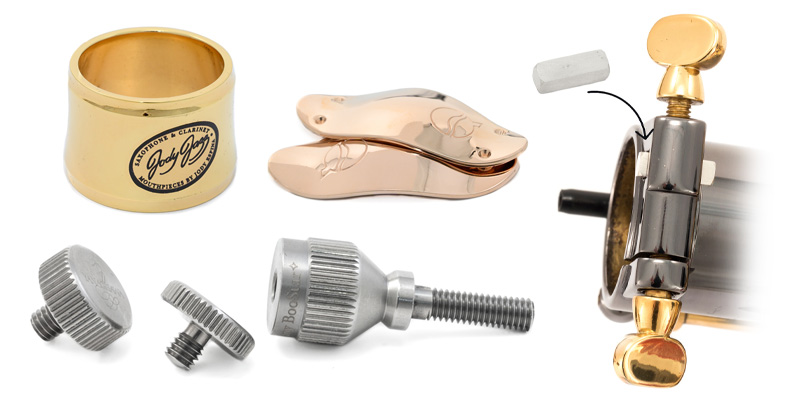
The Back Story…
Several years ago, I was on a Yamaha Custom Saxophone tour of UK venues and some top people from Yamaha Japan, including the chief saxophone designer were touring with us. They were interested to find out if I had any ideas to improve their instruments from a player’s point of view. I’d never felt that comfortable with their thumbrests (I have big hands!) and even used a bass clarinet thumbrest on alto! So I asked about the possibility of them making some custom thumbrests for me.
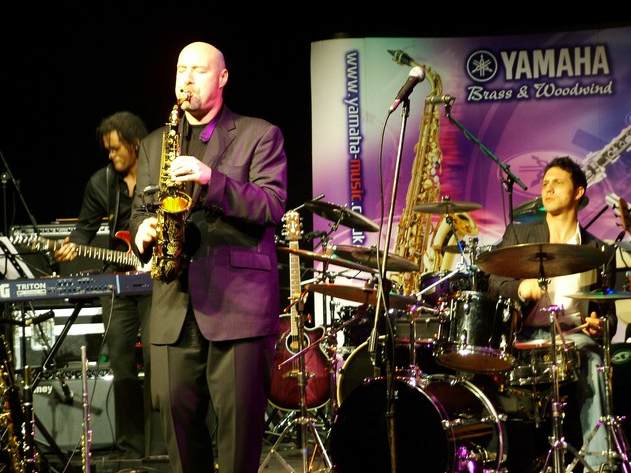
After experiments with glue sticks and various polymers, which didn’t work, a brass thumbrest arrived from Japan and I visited the Yamaha UK Acoustic Division Atelier in Milton Keynes (now in Hamburg) for customisation. Once it was comfortable on my tenor, I noticed that the bottom end of the saxophone was more centered and easier to play. More thumbrests were commissioned and before long, pretty much all Yamaha Saxophone Artists were using them. They’re now even available as an accessory packaged with a matching left-hand octave thumbrest. But for me, I was hooked. If a thumbrest can change the tone and response of a saxophone, then what else could be done?!
Heavy Neck Screws
A few years later, I was privileged to appear at Dawkes’ Learn to Play Day as a soloist alongside Tower of Power lead tenor player Tom E. Politzer with Nick Blake’s big band ‘Blake’s Heaven’. Tom had customized his horn by removing the left hand key guard, which opened up the sound even more, and more importantly, he had the first heavyweight neckscrew I’d ever seen! I tried it and, wow! What a difference! The horn seemed to come alive!
Sadly he didn’t have a spare, but a few weeks later, I was launching the latest version of the Yamaha Custom Z saxophones in Hamburg and spoke to Yamaha Europe’s top saxophone guru Jonas Lange about these amazing neck screws. He was sceptical, but soon after I received nine Yamaha thread-size screws of differing sizes and metals in the post from Jonas. I was in saxophone heaven and settled on brass for alto and soprano and steel for tenor (largest sizes!). At the time, nobody was using anything like this in the UK, so I guess I was a bit of a pioneer in the acceptance of these screws, but every Yamaha player that tried them wanted one. Now, of course, they’re fairly commonplace and Yamaha even included one as standard on their limited edition 82Z Atelier model.
As you may have gathered, I’m a sucker for a gadget! Surprisingly, on tenor, I’ve used the same mouthpiece for 25 years, but have changed the ligature many times. I guess being a standard part of the saxophone setup, I’ve never looked at these as being gadgets, but different ligatures can really make a difference too, which is why I’ve included a new type of ligature along with the gadgets in the video. For those of you who want to know, my current favourite ligatures are BG’s DUO series. Check out these video demos for Tenor/Sop or Alto/Clarinet versions.
The Test: Just Gadgets?
At this stage, I will add a caveat that all this is going to be personal to the user. Many of you may feel that you’re happy with your setup and don’t want to change anything. That’s fair enough, but you don’t know what these things are going to do to your playing until you’ve tried them. It’s very easy to dismiss these gadgets as ‘snake oil’ or a waste of money, but I’m in a very fortunate position of being a Yamaha Artist and my neckscrews (currently made of bronze), thumbrests, octave buttons etc have never cost me a penny. But, I will invest in some of these gadgets that I’ve reviewed for Dawkes (I’m not going to reveal which here!) as I do think they make a difference.
My opinion is that they will make an impact to you as a player, not necessarily to the listener or your audience. On a basic level, an audience hears a saxophone. They can (usually) tell if the player is good and obviously know if they enjoy the music that the player is playing; but Charlie Parker, John Coltrane, Paul Desmond, Stan Getz and most other top saxophonists didn’t ever use any of these gadgets.
The saxophone is still a relatively young instrument and since I started playing, there have been many developments and improvements to the instrument – the standard addition of a top F# key for example. So I see many of these new inventions as progress and development of the instrument we love. I guess it’s like being told there’s a wonderful new petrol additive that will make your engine smoother and acceleration better. If you’re a keen driver and use your car a lot, you’d probably notice the change, but would your passenger?

1. The Yany BooStar
The Yany BooStar from Yanigasawa is (as far as I know) currently the only commercially available heavyweight neckscrew available in the UK. There is a Yamaha Fit model and a Yanagisawa/Selmer Fit model. Each model is customisable in three sizes, but I found the heaviest combination makes the most difference. It definitely gave my saxophone a bit more stability and helped define my tone. I’m not sure how or why it works – I’m not a scientist, but it could be that this point on the saxophone has an inherent weakness, as it’s a joint in the tubing. I suppose that applying a bit more mass and a tighter seal to the joint should help improve the response? All I can definitely say is that it works for me and I like it!
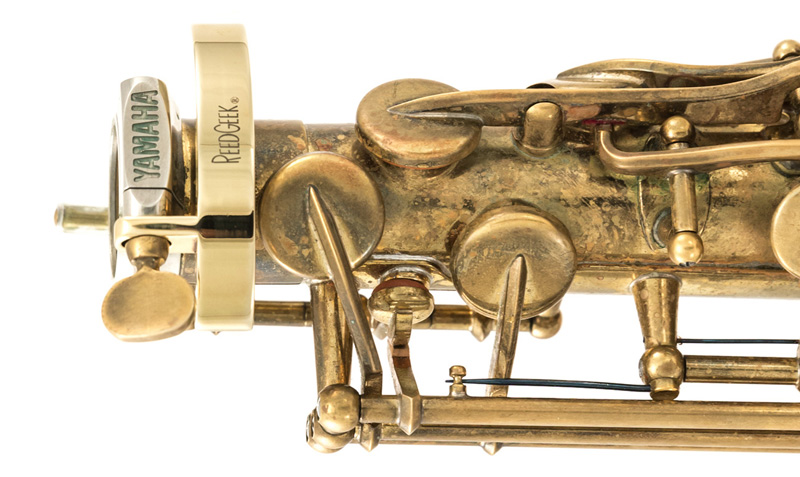
2. Klangbogen
The intriguingly named Klangbogen made by Reed Geek is available in two styles. The original Klangbogen slotted into the Selmer style neck mounted lyre holder, but as my Yamaha EX doesn’t have a lyre holder, I used the alternative version that you fix using your existing neck screw. It’s available in various finishes:
The theory behind this device is very similar to the heavyweight neckscrew, in that it adds mass to a weak point in the saxophone and overall has a very similar effect to the Yany BooStar. In the last section of my video, I use both together, but on its own, I’d say that it added definition and stability in the same way as a heavyweight neckscrew might. I did find that when using both together, I really noticed the combined weight of these products and probably wouldn’t want to use both together, even though the combination did seem to make more of a difference.
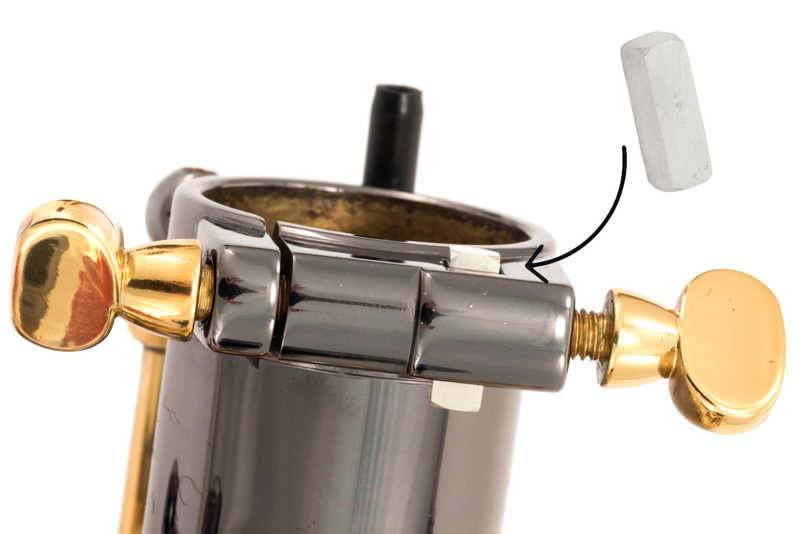
3. Tone Tablet
I was very surprised by the Corry Bros Tone Tablet, available in Size 1 (fits Alto/Tenor in: Yanagisawa, Selmer (Cigar Cutter, Balanced Action, Mark VI, Mark VII, SA80 Series II and III, Reference Models), P.Mauriat and others) and Size 2 (for Selmer Super Balanced Action, Keilwerth, Borgani and Brancher). This small, very simple and cheap device is just a tablet of metal that fits in the lyre holder of your saxophone. If you’ve been paying attention, you’ll know that I couldn’t use my Yamaha for this test, so I got out my recently restored by Dawkes Music Selmer MK6 and put the tone tablet in the lyre holder (noticing that the original screw did not ‘fill’ the holder). This simple tiny cuboid of metal makes an incredible difference.
The stability of the horn was improved and the tone was centered and even. The saxophone seemed easier to play with a clarity across the range that was incredible for such a small item. What it does is very similar to the BooStar and Klangbogen and achieves this by adding substance to the neck joint by ensuring vibrations travel evenly across the two screws at the top of my MK6. If you have a MK6 or any saxophone with a neck-joint mounted lyre holder, this is a very economic way of improving the response and balance of your horn!
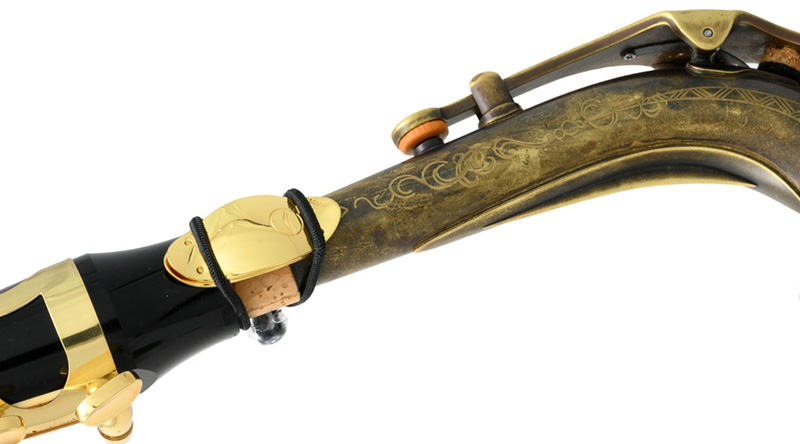
4. Lefreque Sound Plates
The Lefreque is an interesting concept. Based on the theory that instruments would resonate better if they were all one piece, it provides a ‘sound bridge’ between joints on your instrument. It is useable on all wind instruments and usually placed as a bridge between the mouthpiece (or head joint) and the neck or body of the instrument. It seems to me, that this could be a great idea for saxophones with metal mouthpieces where the neck cork prevents natural vibrations from the mouthpiece from travelling into the body of the saxophone and this is the case, but I was also surprised how much difference it could make with ebonite mouthpieces and even my old plastic Brilhart. Then I tried it on my flute and clarinet and undoubtedly it made a positive difference to them too.
The plates are available in a range of different finishes/materials and in two main sizes (33mm and 41mm) – For Alto they suggest 33mm and for Tenor or Bari 41mm. The plates are attached with a band and Lefreque suggest the 55mm Ultimate or 55mm Knotted band for use with Saxophones. Even more info here on the Lefreque site.
The demo model I had was the solid silver version. This is expensive, but the brass and silver plated versions are a lot cheaper, so I will reserve judgement until I’ve tried the cheaper versions. If they work as well as their solid silver counterpart, then I’d definitely be more interested in owning one, especially as you have the potential to swap from one instrument to another with much more ease than anything else here, meaning you could get away with owning just one!
Arguably, one downside is that it’s really fiddly to fit and once it’s on, making adjustments of the mouthpiece or neck joint for tuning are virtually impossible. The BooStar, Klangbogen and Tone Tablet are all devices you can put on your instrument and leave on. The Lefreque would have to be added every time you play and if you need to tune, it’s probably best to remove and replace the Lefreque every time.
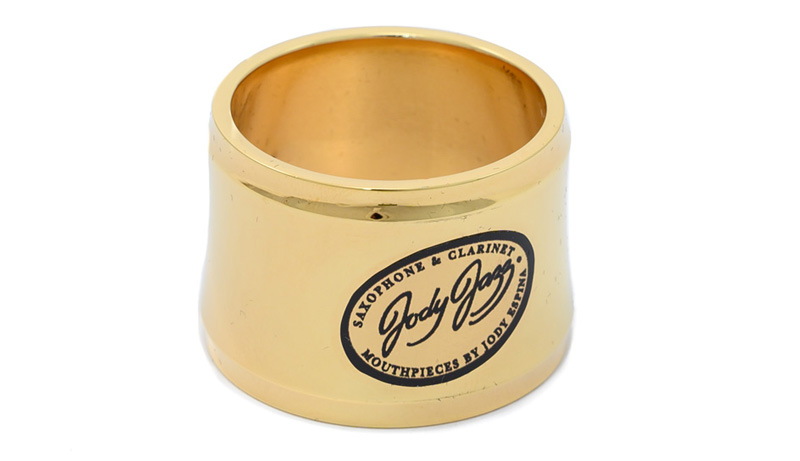
5. Power Ring Ligature
Jody Jazz’s Power Ring (for Alto HR, Alto Metal, Tenor HR, Tenor Metal, Bari HR) is a very simple concept. It’s a ring of brass with no moving parts or screws that fits snugly on the mouthpiece holding the reed in place. It allows the reed to vibrate freely while adding weight to the mouthpiece increasing the efficiency of vibration. It worked well, but like the Lefreque made adjusting your mouthpiece for tuning difficult. One of the most important criteria of a ligature is its ability to stay fixed when you make adjustments to the mouthpiece for tuning or playing angle.
The Power Ring, sadly, did not stay still on my Guardala tenor mouthpiece, so any little adjustments were really hard to do. That said, it sounded great and to be fair, they are designed for Jody Jazz, not Guardala mouthpieces, so if you already own a Jody Jazz mouthpiece (they are available for all sizes and types) this could be a fantastic upgrade.
In Summary
Everything I’ve tried here definitely makes a difference to sound, feel and response of the instrument. It’s up to you whether they make the difference you’re after and whether it’s worth your while investing time and money in these products. As you can probably gather, I’m a sucker for a gadget, but my honest opinion is that any of these tone enhancing accessories will positively affect the way you play rather than the way other people hear you. But if you play with more confidence and your instrument responds really positively, it means you’ll be a better player – doesn’t it?
Simon Bates, April 2020
SHOP ALL >>> Saxophone Tone Enhancing Items
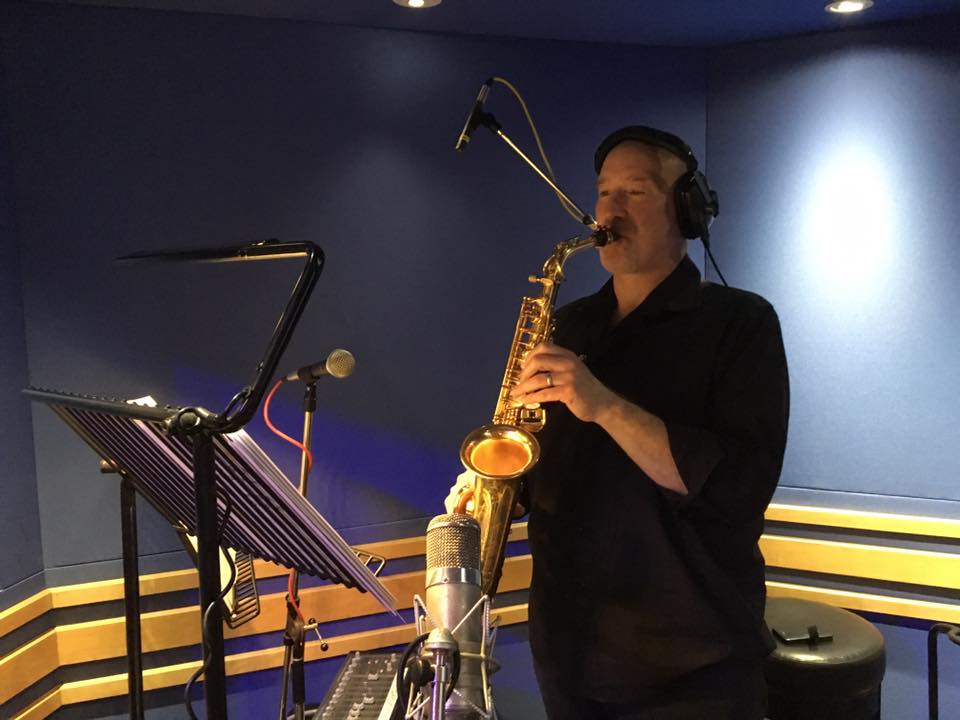
Bio: Simon Bates is well known as a versatile saxophonist across a wide range of playing scenarios. He’s played alongside Pop greats such as Kylie Minogue, Chaka Khan, Jamie Cullum, Seal and countless more. His Jazz ‘chops’ are also in demand and have led to performances with The Ronnie Scotts All Stars, Sax Appeal, John Dankworth and Peter Erskine to name but a few. As well as being a Yamaha Performing Artist, Simon teaches Saxophone at the Royal Marines.
Web: www.simonbates.co.uk